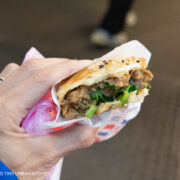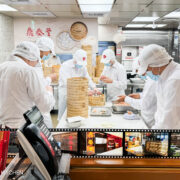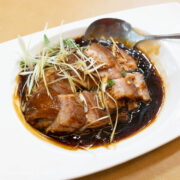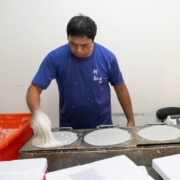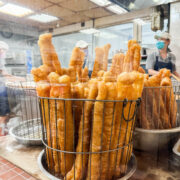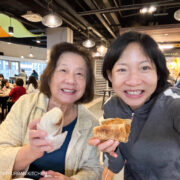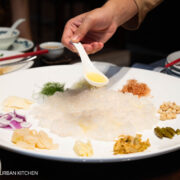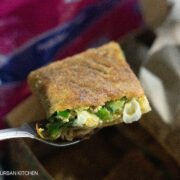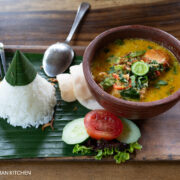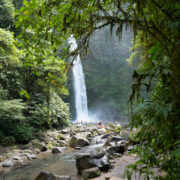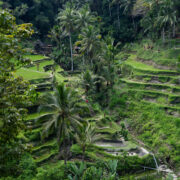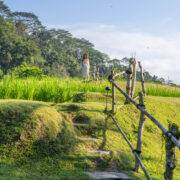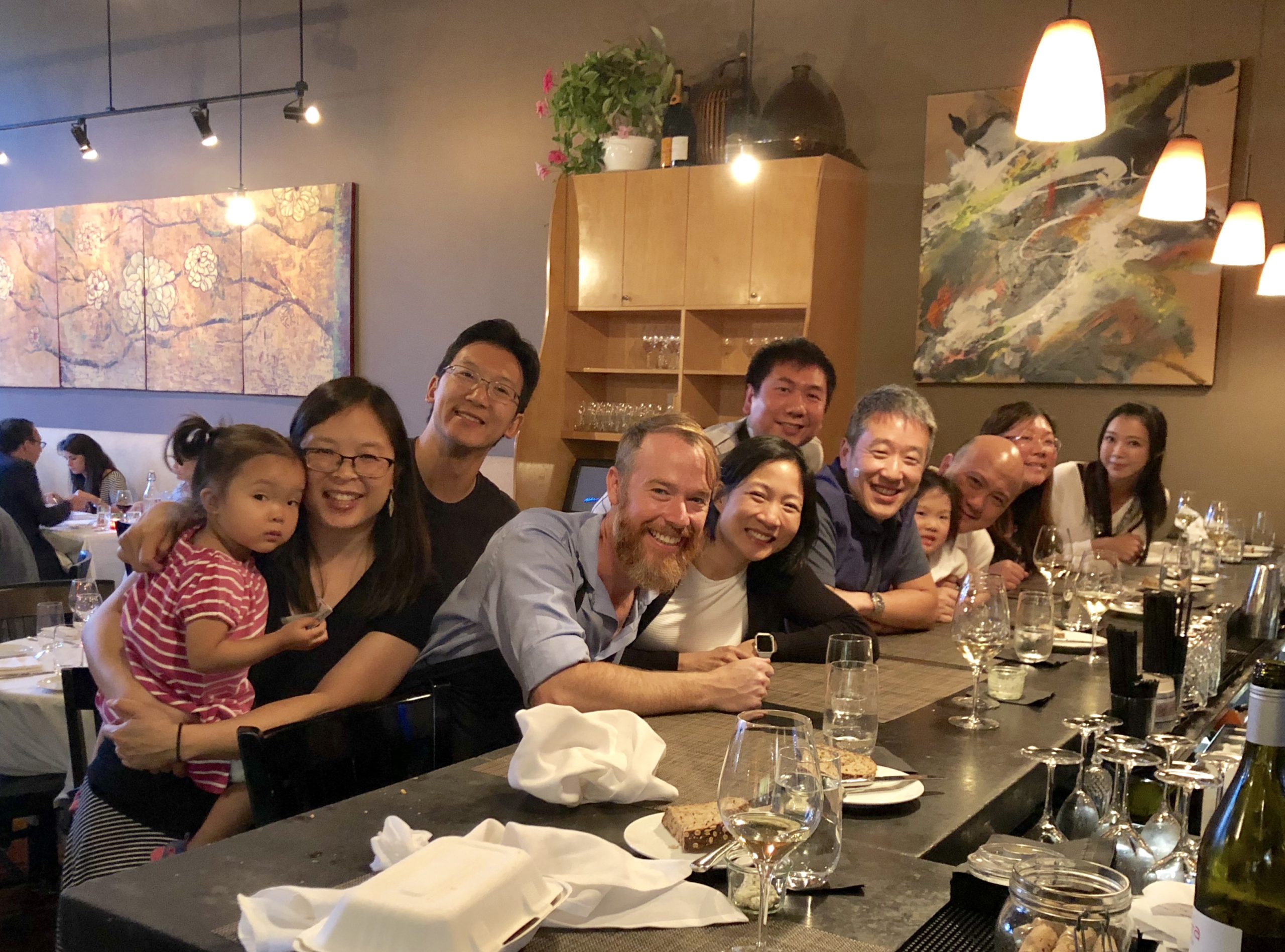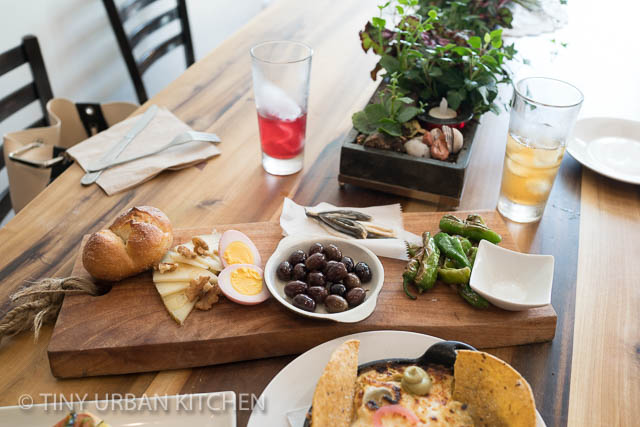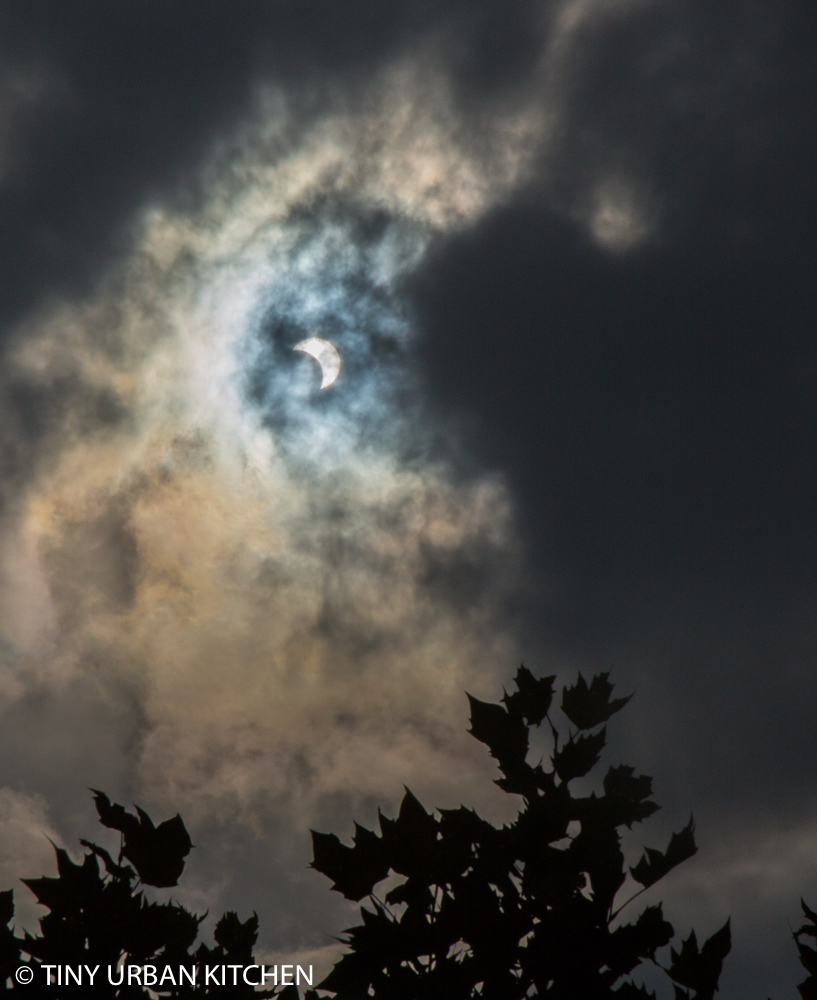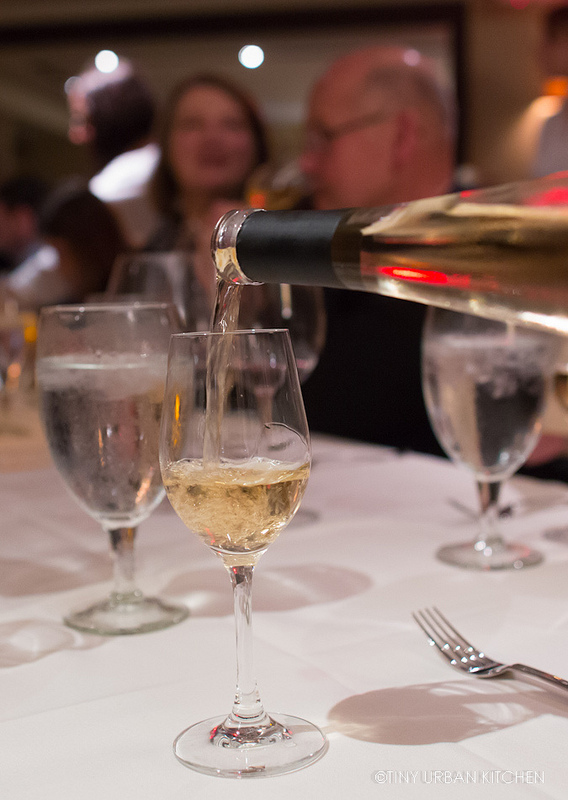
Several weeks ago, I received an invitation to attend a unique dinner called "The Art of Winemaking" hosted by Bridlewood Wines at Harvest in Harvard Square.
It's been years since I'd last visited Harvest, so I was excited to see what Mary Dumont (former contestant on The Next Iron Chef) had to offer. Furthermore, how could I say no to an evening of sampling dishes that Chef Dumont had personally designed to pair with a variety of Santa Barbara wines?
Even with that, the entire evening turned out way above my expectations. Of course the food was great, and Chef Dumont gets a ton of credit for pairing the food so well with the wine.
However, it was the discussion with the winemaker that night that I found the most fascinating and memorable.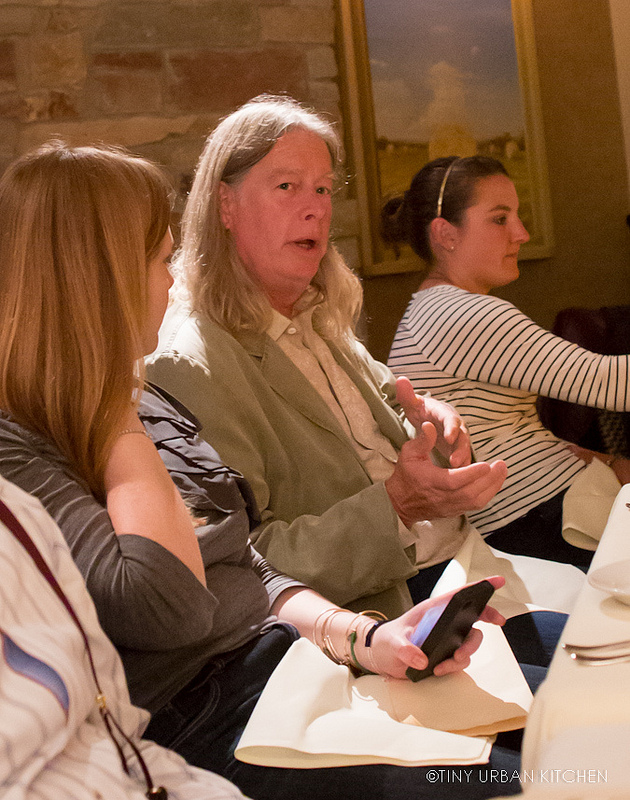
Meet Dave Hopkins, the eccentric and colorful winemaker at Bridlewood Wines.
Dave spent the entire evening telling us all sort of things about winemaking - everything from his basic philosophy on how he makes wines to the intricate details behind the chemistry of wine.
Yes, you heard me right - Dave talked about chemistry.
Dave was a chemistry graduate student before becoming a wine student. Throughout the evening, he threw around words like "pyrazine", "pH", and "phenols" in the same breath as "grapes", "wine", and "terroir."
My inner nerd was completely hooked, and I furiously jotted down as much as I could.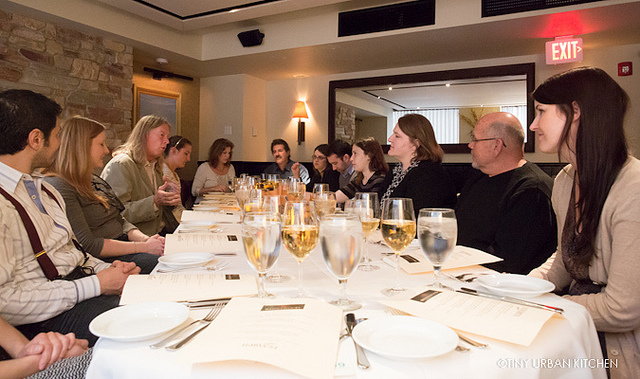
Dave's philosophies on wine making are pretty simple and can be easily summed up in a few bullet points.
1. Make wines that pair well with food
2. Use the best grapes
3. Use old world European techniques
1. Make Wines That Pair with Food
Dave designs his wines first and foremost to pair well with food. He thinks about the food with which he wants to pair the wine, and then he designs the wine to fit the pairing.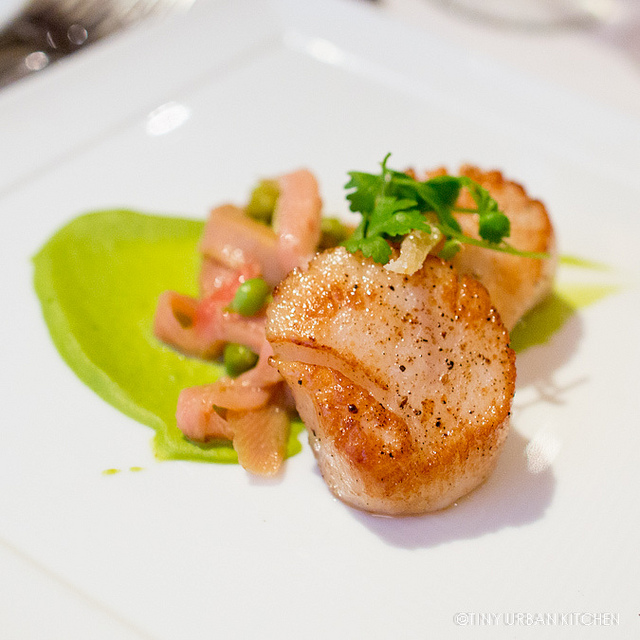
Seared Scituate Scallop
Richter Farm Rhubarb, Celery, English Peas, Candied Ginger & Celery Salad
Our first course was scallops. These were lusciously sweet, perfectly cooked. The rhubarb added a nice, tart contrast to savory scallops and spring peas.
The scallops were paired with a 2008 Monterey Country Chardonnay. The wine was sweeter and creamier than a typical Chardonnay, with notes of green apple. According to Dave, this wine is made in the European style, which means it has less alcohol and is a bit more acidic. A splash of Viognier (dessert wine) and a mix of stainless and oak barrel aging give this wine its unique character.
On its own, I thought the Chardonnay was only OK, but then I'm not a huge Chardonnay drinker. I do think it tasted better with the food, which makes sense considering Dave's philosophy.
2. Use the Best Grapes
The cool, foggy climate of Monterey County allows for a much later harvest of grapes. These 6-8 additional weeks of "hang time" give the grapes more concentrated flavors.
Dave sources his grapes from a bunch of different growers. His quality control process is pretty straightforward. If your grapes end up at the bottom 15% (in terms of quality) 2 years in a row, Dave drops you as one of his vendors.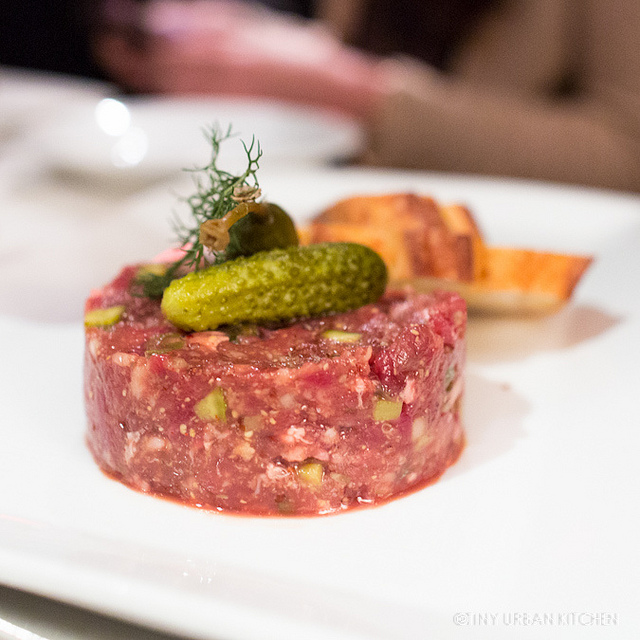
Painted Hills Tenderloin Tartare
Caperberries, Crispy Shallots, White Truffle Oil, & Toasted Country Bread
2008 Monterey County Pinot Noir
The next course was a Painted Hills Tenderloin Tartare served alongside a few sauces (resembled Sriracha and Hoisin sauce) and toasted bread. The tartare was fresh, spicy, and quite flavorful, although I did find it to be a bit too salty.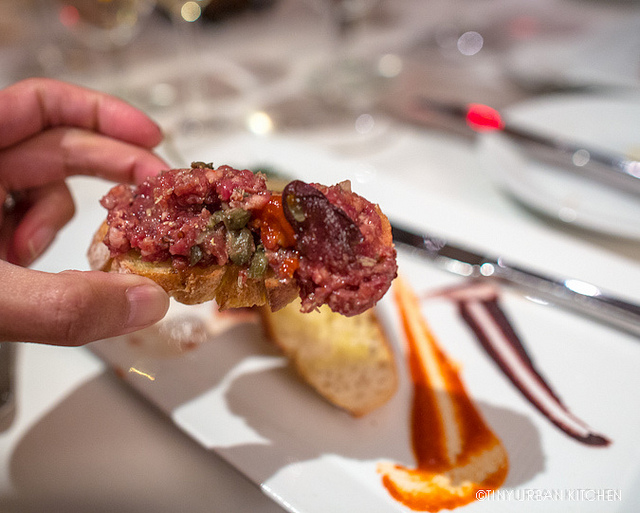
Eating it with the bread helped, although there was not quite enough bread for the ratio that I preferred.
The tartare was served with a 2008 Monterey County Pinot Noir. I found the wine to have a huge nose (i.e. it had a strong aroma). However, neither Bryan or I were fans of this wine. We found it a bit harsh, bitter, not too deep, and sort of "earthy" or "grassy". Dave said that grassy notes result when the level of a chemical compound called pyrazine is too high in the wine.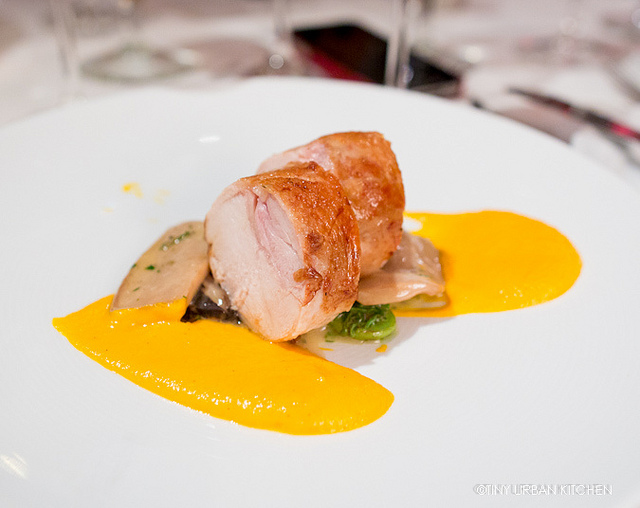
Roulade of Giannone Farms Chicken
Wild Mushrooms, Green Garlic, Fava Beans, Vanilla Scented Carrots
Central Coast Blend 175
Dave had an interesting point about wine. If the wine does not pair well with the food, oftentimes customers will attribute the poor dining experience with bad food, not necessarily bad wine. Restaurants do themselves a huge disservice allowing customers to order expensive wines that may not necessarily pair well with the food.
This next course may corroborate that idea.
This course (both food + wine) were Bryan's favorites of the evening. It must have been a fantastic pairing of two great things.
The chicken was perfectly cooked - soft, juicy, and very flavorful. It went well with the sweet butternut squash puree and the spring fiddleheads.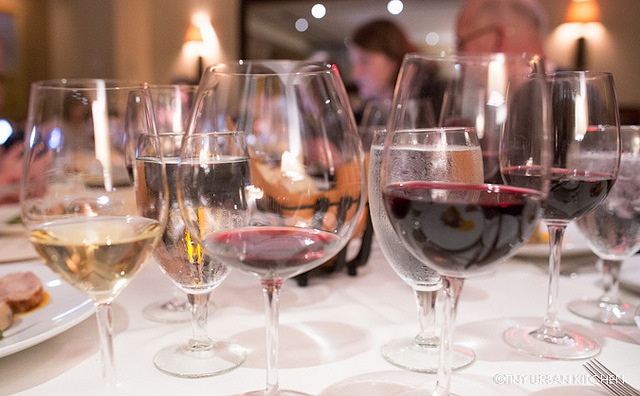
The wine paired with this course, Central Coast Blend 175, was very drinkable, with lots of fruit. It was rich and full of flavors, yet not too tannic at the same time. It's a mixture of Cabernet and Zinfandel grapes, aged in a mix of American and French oak barrels (our thoughts on American vs. French Oak barrels).
Dave calls this the wine that "gets Cab drinkers to drink Syrah" and "gradually introduces the Cab drinker to the 'better' wine."
3. Use old world European techniques
Dave's story about how he learned the old European wine techniques made us laugh. Apparently, whenever he met one of these newer European winemakers, he would tell them,
"your wines are great. What are you doing differently from the way your grandfather used to do it?"
The young winemaker would then proceed to explain how his grandfather used to make wine, and how he's improved upon the process by incorporating all these new, innovative technologies and techniques.
Dave would then write down the grandfather's techniques and ignore the winemaker's newer ways.
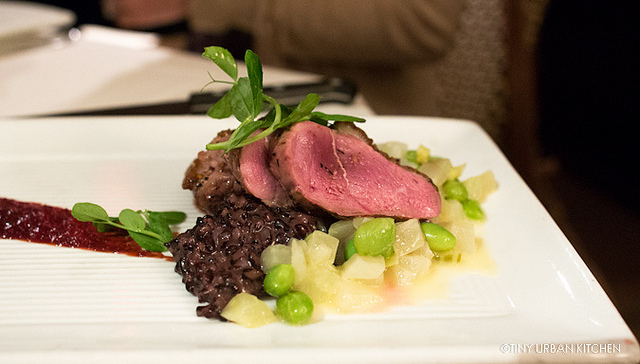
Rooibos Tea marinated Pennsylvania Duck Breast
Bing Cherries, Fennel, Soy Beans, Forbidden Black Rice
Paso Robles Cabernet Sauvignon
At this point I was a bit stuffed with all the meat courses we were having. But alas, the food must pair with the wine, so we soldiered on.
For the next course, we enjoyed a gorgeous rooibos tea-marinated duck breast. I loved the cherry sauce in this dish, which I thought went really well with the duck. The soybean fennel "succotash" was simple but delicious. The black rice was light but nice and creamy, with an excellent al dente texture. Even though I don't love duck, this may have been my favorite course of the evening.
The wine had a wonderful nose and have deep, deep fruit flavors. The small addition of Merlot in this blend gets rid of chalkiness of the wine so it goes better with food.
It's illegal to add refined sugar (sucrose) to wines, although many winemakers get away with adding concentrated grape extract (glucose) instead. Dave increases the sweetness in his wines by mixing in other sweeter wines. In this case, he adds a touch of Viognier to the Cabernet.

Toffee Chestnut cake
Milk Jam, Mead Jelly, Orange, Sheep's Milk Frozen Yogurt
Late Harvest Viognier
We finally ended with a lovely toffee chestnut cake. I loved the brightness of the sheep's milk frozen yogurt, which was nice and tart. The cake was spongy, moist, and full of rich, caramel flavors. It went really well with the tartness of the dessert wine, which was accentuated when paired with the dessert.
Epilogue
Overall, I had a lovely evening learning way more about wine than I ever thought I would - all while enjoying excellent food paired with nice wines. Thank you so much,Bridlewood, Harvest, and Dave for giving me this unique opportunity to learn just a little bit more about the fascinating world behind winemaking.
Disclaimer - I did not pay for this meal
All Rights Reserved

